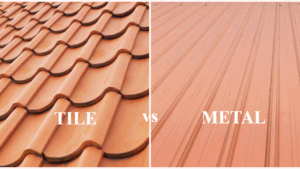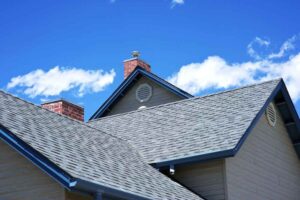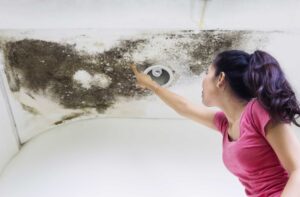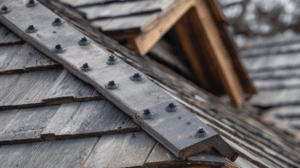Why Energy-Efficient Roofing Matters in Florida
If you live in Southwest Florida, your roof isn’t just protecting your home—it’s your first line of defense against the sun.
Florida’s subtropical climate brings intense solar radiation, high humidity, and roof surface temperatures exceeding 150°F. Without energy-efficient roofing, your attic turns into an oven, your HVAC system works overtime, and your utility bills spike—especially in summer.
Installing an energy-efficient roof isn’t just a smart upgrade—it’s an investment in year-round comfort, lower electric bills, and long-term durability.
What Makes a Roof Energy Efficient?
Before comparing materials, let’s define what qualifies a roofing system as “energy efficient” in a climate like Southwest Florida.
Key Characteristics:
- High solar reflectance (SRI rating): Reflects sunlight rather than absorbing it
- Low thermal emissivity: Reduces retained heat
- Ventilation-friendly design: Promotes airflow under the roof and in the attic
- Insulation compatibility: Works with radiant barriers and attic insulation
- Durability in heat and humidity: Prevents material breakdown in extreme weather
Energy-efficient roofs can reduce attic temperatures by 30–50°F, which directly impacts indoor cooling loads and energy costs.
The Most Energy-Efficient Roofing Materials for Florida Homes
1. Metal Roofing (Cool-Coated Aluminum or Galvalume)
Why it’s efficient:
Metal roofs with cool coatings reflect up to 70% of solar radiation, keeping roof decks and attic spaces significantly cooler.
Advantages:
- Extremely reflective, especially in white or light colors
- Durable in coastal environments (when properly coated)
- Lightweight and compatible with radiant barriers
- Often ENERGY STAR® rated
Estimated Lifespan: 40–50 years
Best For: Fort Myers, Cape Coral, and Naples homeowners looking for long-term performance and efficiency.
Explore our roof replacement options to see how we install reflective metal systems built for Florida heat.
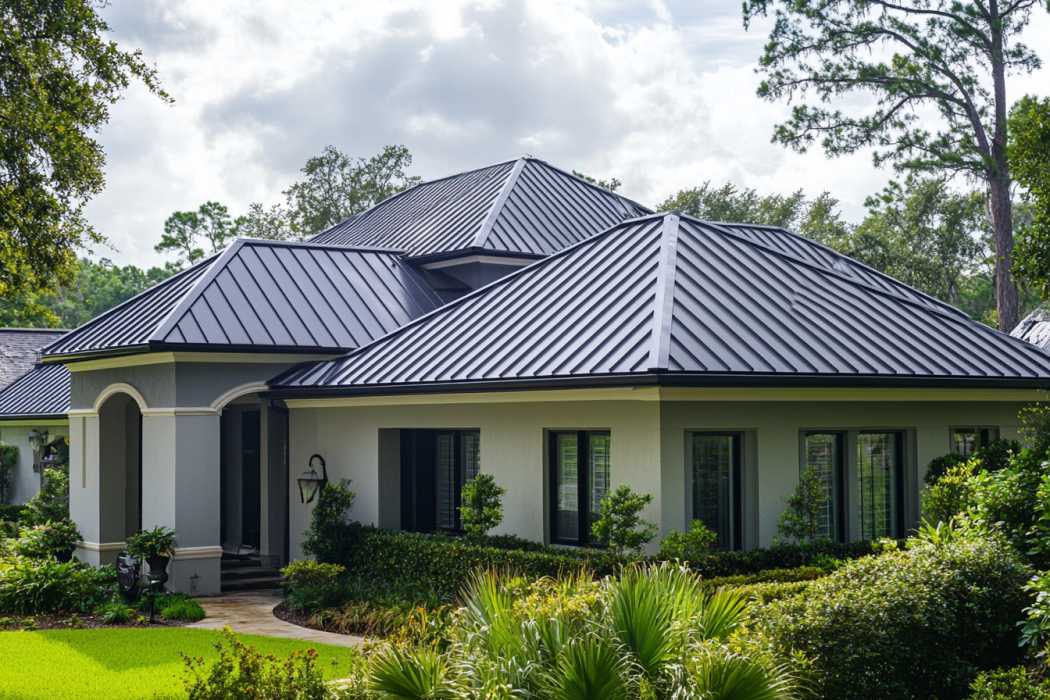
2. Reflective Asphalt Shingles (Cool Roof Rated)
Standard asphalt shingles can absorb a lot of heat—but reflective or “cool” shingles from brands like Owens Corning TruDefinition® Duration® Cool offer specialized granules that reflect sunlight.
Advantages:
- Cost-effective for residential homes
- Available in ENERGY STAR® rated colors
- Familiar look with improved performance
- Compatible with attic ventilation upgrades
Estimated Lifespan: 15–25 years
Best For: Homeowners needing a budget-conscious upgrade with better thermal performance.
3. Concrete or Clay Tile (Light Colors or Coated)
Tile roofing naturally resists heat due to its mass and ability to release stored heat at night. Coating or using light-colored tiles enhances this effect.
Advantages:
- Excellent durability in heat and humidity
- Naturally ventilated design (especially with “lifted” tile systems)
- Resistant to UV degradation
- Aesthetic fit for Mediterranean-style homes
Estimated Lifespan: 25–35 years
Best For: High-end homes seeking both style and performance.
Tip: Tile roofs work even better when paired with vented battens and radiant barriers beneath the tiles.
4. Synthetic Shingles (Cool-Rated Composites)
Composite shingles made from recycled polymers or rubber offer excellent heat resistance, especially when engineered with UV-reflective properties.
Advantages:
- Lightweight yet durable
- Cool-rated color options
- Resistant to warping and cracking
- Some models made from sustainable materials
Estimated Lifespan: 25–40 years
Best For: Eco-conscious homeowners or those in high-UV zones seeking longevity.
Roof Color and Energy Efficiency: Why Lighter Is Better
In Florida, color matters. Light-colored roofing reflects more sunlight, while dark roofs absorb heat.
| Roof Color | Solar Reflectance (SRI) | Typical Temp Difference |
| White / Light Gray | 60–80 | Coolest roofs |
| Light Brown / Tan | 30–50 | Moderately cool |
| Black / Dark Gray | 5–15 | Hottest roofs |
Even a 10–20°F difference in roof surface temperature can significantly reduce attic heat and HVAC load.
Want to dive deeper? See our blog on How Roofing Color Affects Heat Absorption in SWFL.
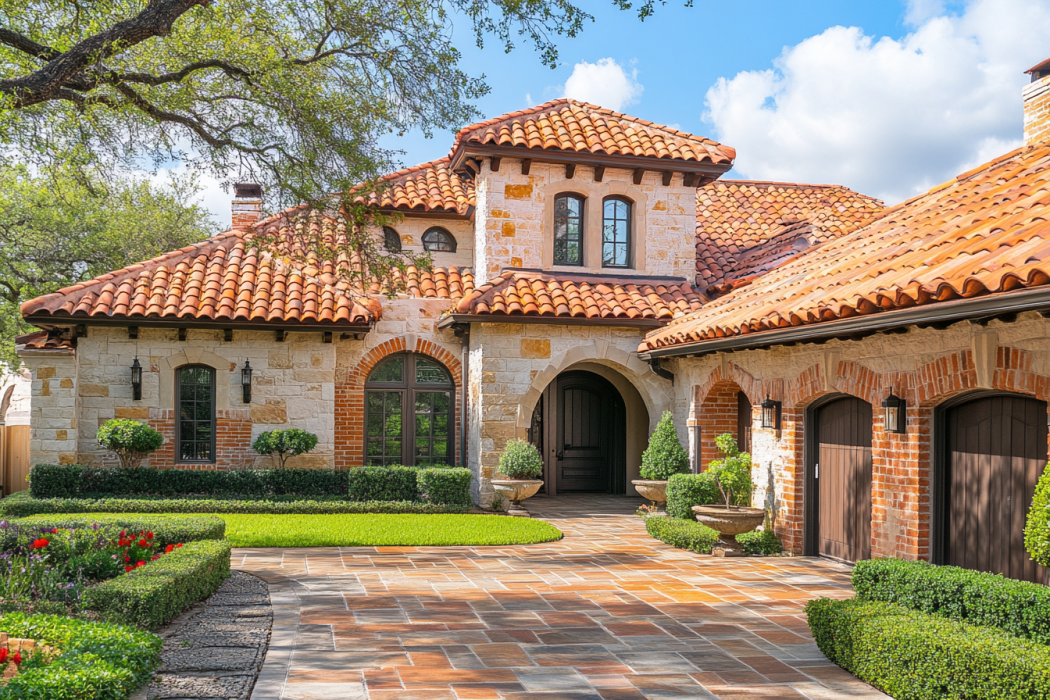
How Ventilation and Insulation Enhance Roof Efficiency
The most energy-efficient roofing systems combine the right material with smart design underneath:
✅ Ridge and Soffit Vents
Allow airflow through the attic, reducing moisture and heat buildup.
✅ Radiant Barriers
Foil-backed sheathing or attic barriers that reflect radiant heat away from the interior.
✅ Proper Insulation
Keeps conditioned air inside the home, reducing A/C demand and preventing condensation.
Learn more in our related blog: Attic Ventilation Strategies to Cut A/C Bills in Lehigh Acres.
Want to Cut Cooling Costs? We Can Help
At Bedrock Roofing, we specialize in roofing systems built for Florida’s high heat and humidity. As a certified installer for Owens Corning, CertainTeed, and Tamko, we can help you choose materials that improve comfort and reduce energy use year-round.
We offer:
- Cool metal and shingle roof replacements
- Expert attic ventilation assessments
- Radiant barrier and insulation integration
- Free drone inspections and thermal roof evaluations
Serving Lehigh Acres, Fort Myers, Cape Coral, Naples, and surrounding areas — we make sure your next roof works smarter, not harder.
Ready for an energy-saving upgrade? Schedule your free inspection now
What’s the ROI on Energy-Efficient Roofing in Florida?
Many homeowners wonder: “Will I really save enough to make it worth it?” The answer is yes—but with a few caveats.
Upfront vs. Long-Term Savings
| Roof Type | Upfront Cost (Est.) | Estimated Energy Savings | ROI Timeline |
| Asphalt Shingles (Cool-Rated) | $8K–$14K | 5–15% | 5–10 years |
| Metal Roofing (Cool Coated) | $15K–$25K | 15–25% | 7–12 years |
| Tile Roofing | $18K–$30K | 10–20% | 10+ years |
| Synthetic Cool Roofing | $16K–$26K | 10–18% | 8–12 years |
Energy-efficient roofing also adds resale value. In hot climates, buyers increasingly prioritize roofs that help cut long-term energy costs and comply with newer insurance requirements.
Local Utility Incentives and Rebates
Some Florida utility companies (e.g., FPL) occasionally offer rebates or energy audits for homes using cool roofing or making insulation upgrades. These vary by region and year.
Check with Florida Public Utilities to see if incentives are available in your area.
Solar Roofing: The Next Step in Efficiency
While energy-efficient roofing materials reduce cooling demand, solar roofing generates electricity. Pairing both offers the best of both worlds.
Solar-Ready Roofing Options
- Metal panels: Ideal for solar panel mounts
- Flat roofs: Perfect for low-profile solar installs
- Tile and synthetic: Work with racking systems but may need specialized attachments
Some advanced systems even combine both into one, like solar shingles, though these are still gaining traction in Florida due to cost.
Tip: Always install energy-efficient materials before solar, so your cooling load (and system size) is lower.
How Florida’s Building Codes Affect Your Roofing Choices
Florida has some of the strictest roofing codes in the U.S., especially in high-wind zones like Fort Myers and Naples. That impacts what’s considered compliant for energy performance, wind resistance, and material approval.
Key Requirements:
- Wind uplift ratings must meet or exceed local zone standards
- Energy Code (2020 update) requires minimum insulation and ventilation specs
- Reflective materials can help meet energy targets more easily
Always work with a licensed contractor familiar with Florida-specific roofing codes to avoid costly rework or permit issues.
FAQ: Energy-Efficient Roofing in Florida
What is the most energy-efficient roof material in Florida?
Cool-coated metal roofing ranks highest for reflectivity, lifespan, and low maintenance in hot, humid climates. It’s especially effective in Southwest Florida due to sun exposure and rain resistance.
Do light-colored roofs really make a difference?
Yes. Light roofs can reduce surface temps by 20–40°F, cutting attic heat and reducing A/C load by up to 15%.
Can I make my current roof more efficient without replacing it?
Yes. Adding radiant barriers, ridge vents, or applying reflective coatings (on metal or flat roofs) can improve performance without a full tear-off.
How do I know if my roof is energy-efficient now?
Schedule a drone or thermal inspection with a local roofing expert to assess reflectivity, ventilation, and potential upgrades.
Let’s Build a Cooler, Smarter Roof Together
At Bedrock Roofing, we don’t just install roofs—we build smarter systems tailored to Florida’s climate and your energy goals.
Whether you need:
- A complete energy-efficient roof replacement
- Help choosing between shingle vs. metal roofing
- Ventilation or radiant barrier upgrades
- Support navigating Florida’s building code requirements
We’re here with local experience, certified materials, and honest recommendations.
Serving Lehigh Acres, Fort Myers, Cape Coral, Naples, and all of Southwest Florida.
Ready to lower your energy bill and improve home comfort? Schedule your free roofing consultation today.

